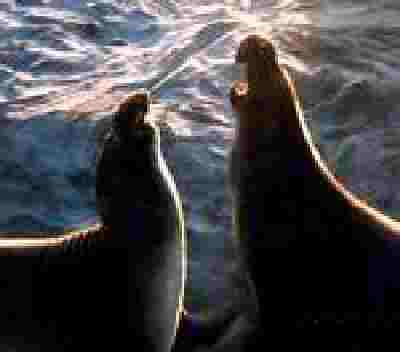Lieutenant-General Angus Campbell, military commander of Australia's People-smuggling operation believes that "Australia is seen as reasonable and generous in its treatment of refugees." How stupid and out of touch can you be. The world knows that Australia couldn't care less about the welfare of refugees.
Don't get me wrong here: I was the first person in Australia to suggest sending those seeking asylum home, on this very blog. However, I said economic migrants should be flown home, not turned around in Indonesian waters and send into imminent danger in a small (provided) orange boat.
Agreements should have been reached with the countries of origin of the disenchanted people to safely transport them home. Australia is in the top three nations resettling refugees, but we are falling fast from this position because our actions are draconian. They are ruthlessly too effective. No other country has taken such harsh measures.
The real problem is that Australia is charging and sentencing people smugglers when such behavior is not illegal internationally. It is not a crime. First the Lieutenant General fully supported the government then he promptly distanced himself by saying, "I think the question of appropriateness is something both for the government of the day, the parliament and the people, it's not for me to comment," It certainly isn't for you to comment, at all!
Politics by Ty Buchanan















